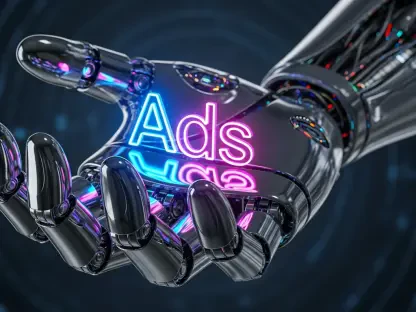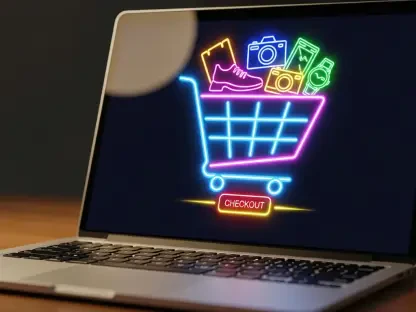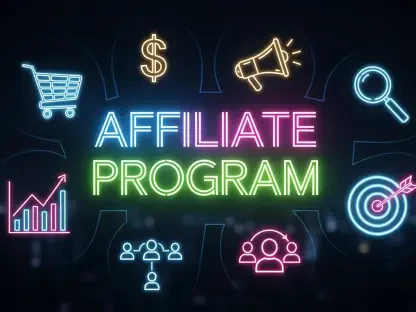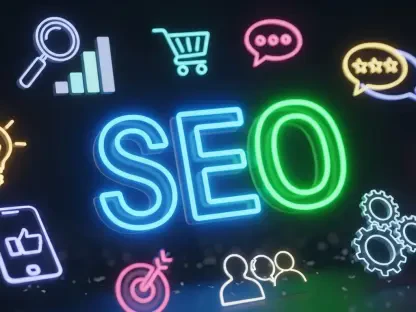Diving into the world of customer engagement, we’re thrilled to sit down with Anastasia Braitsik, a global leader in SEO, content marketing, and data analytics. With her extensive expertise in blending experiential and digital strategies, Anastasia has helped countless brands craft unforgettable connections with their audiences. In this conversation, we explore the power of storytelling, the impact of live events, the role of AI in modern marketing, and how to seamlessly integrate physical and digital experiences for maximum impact.
How does storytelling create a deeper emotional bond between a brand and its audience?
Storytelling is the heart of any meaningful connection. It’s not just about selling a product; it’s about sharing values, struggles, or aspirations that resonate with people on a personal level. When a brand tells a story—whether it’s about overcoming challenges or celebrating a shared purpose—it humanizes the company. I’ve seen stories that tap into universal emotions, like nostalgia or hope, work incredibly well. They stick with people because they feel real, not manufactured.
What makes experiential marketing, like summits or product launches, so effective in creating lasting brand memories?
Experiential marketing brings a brand to life in a way that ads or social posts just can’t. When people attend a summit or a launch, they’re not just observers—they’re participants. They can touch, see, and feel what the brand stands for. That sensory connection builds a memory that’s much stronger than a fleeting online impression. I’ve organized events where attendees still talk about the vibe or a specific moment years later. It’s about creating something tangible that sticks.
How have you seen live events influence customer loyalty and brand recall in your own work?
Live events are a game-changer for loyalty and recall. I’ve noticed that when customers experience a brand in person, they develop a sense of ownership or belonging. For instance, after a well-executed product launch, we’ve seen repeat engagement spike—people share their experiences on social media or recommend the brand to friends. It’s not just about the event itself; it’s the emotional imprint it leaves. That’s why stats showing 63% of consumers remembering brands better after events ring true to me.
In what ways has digital marketing helped you extend a brand’s story beyond the confines of a physical event?
Digital marketing is the bridge that keeps the story alive long after an event ends. Platforms like social media or content hubs let us share highlights, behind-the-scenes moments, or user-generated content from an event to reach those who couldn’t attend. SEO ensures the story is discoverable, while targeted ads or influencer partnerships put it in front of the right eyes. Consistency is key—making sure the tone and message match across every channel so the story feels like one cohesive journey.
How have you incorporated AI into your marketing strategies to enhance things like data analysis or personalization?
AI has been a total game-changer for us. It’s incredible for analyzing massive amounts of data quickly—identifying trends or customer behaviors that we might miss otherwise. For personalization, AI helps tailor content or offers to individual preferences at scale, which feels almost magical to customers. We’ve used it to create email campaigns that adapt based on user actions, and the engagement rates are noticeably higher. But it’s not perfect; sometimes AI misses the nuance of human emotion, so we always layer in a human touch.
With so many marketers relying on AI and automation daily, how do these tools fit into your everyday workflow?
I lean on AI and automation a lot for efficiency. Tasks like content scheduling, A/B testing, or pulling actionable insights from data are so much faster with these tools. They free up time for the creative stuff—brainstorming campaigns or refining a story. That said, I’m cautious about over-reliance. Automation can streamline processes, but if you let it dictate strategy, you risk losing the authentic spark that makes a campaign stand out. It’s always a balance.
What strategies do you use to blend physical events with digital outreach for a seamless customer experience?
Blending physical and digital is all about continuity. During an event, we livestream key moments or encourage attendees to share on social platforms with branded hashtags to amplify reach. Post-event, we repurpose content—think highlight reels or podcasts—to keep the buzz going. For those who can’t attend, we create virtual experiences or interactive online content that mirrors the in-person vibe. The goal is to make every touchpoint, whether online or offline, feel like part of the same story.
What’s your perspective on the rise of hybrid and virtual formats as a permanent fixture in marketing?
I think hybrid and virtual formats are here to stay, and honestly, that’s a good thing. They make marketing more inclusive—people from anywhere can join in without the barriers of travel or cost. I’ve seen hybrid events retain the energy of in-person gatherings while expanding reach exponentially through digital streams. They’ve changed how we think about engagement, pushing us to innovate with interactive tools like live polls or virtual Q&As. It’s a shift that’s broadened what’s possible.
What’s your forecast for the future of experiential and digital marketing integration?
I see the integration of experiential and digital marketing only getting tighter. As technology evolves, we’ll have even more ways to blur the lines between physical and virtual—think augmented reality at events or hyper-personalized digital follow-ups based on in-person interactions. The focus will be on creating cohesive, memorable journeys where every interaction feels tailored and meaningful. Brands that master this balance of human emotion and tech precision will be the ones that stand out in an increasingly crowded space.









